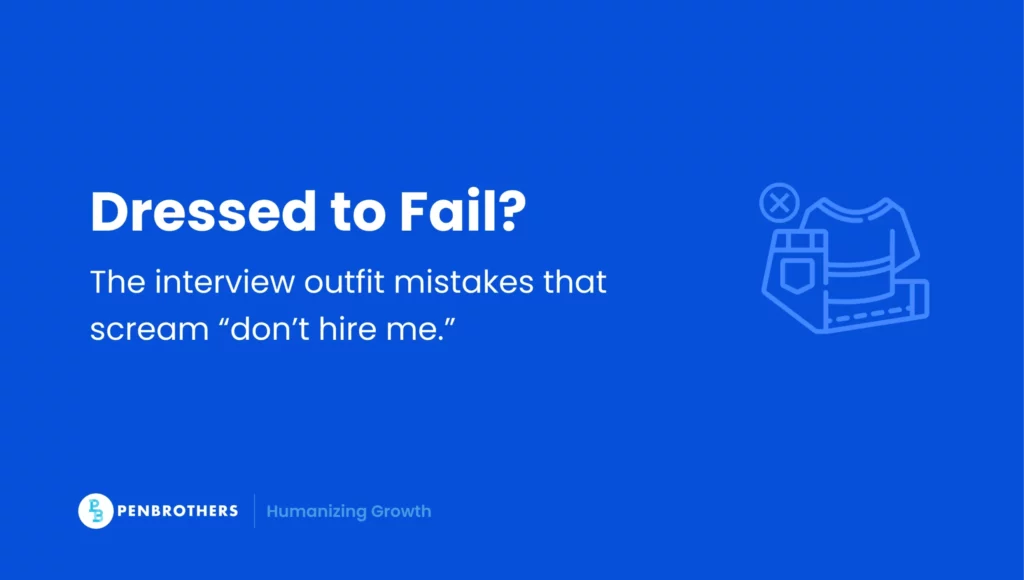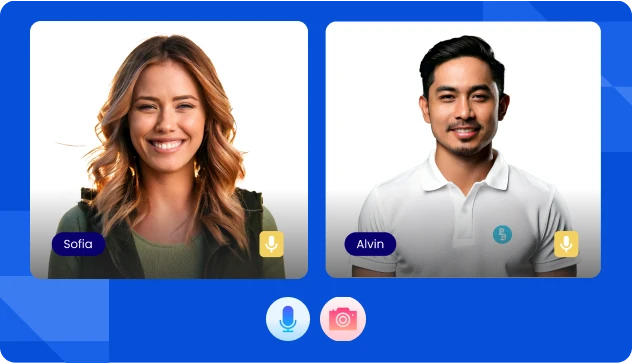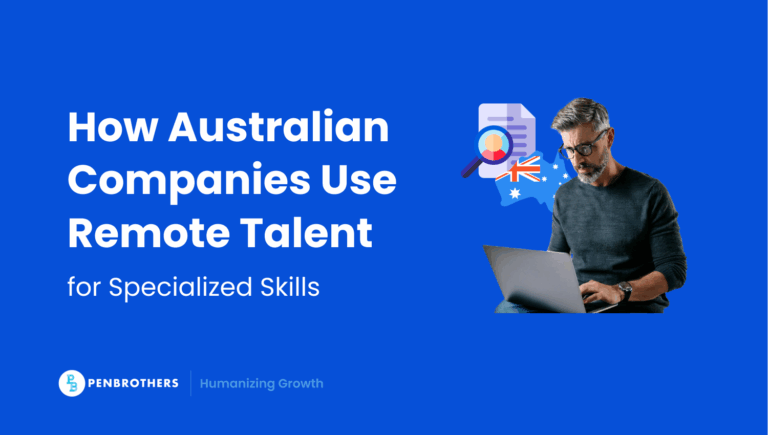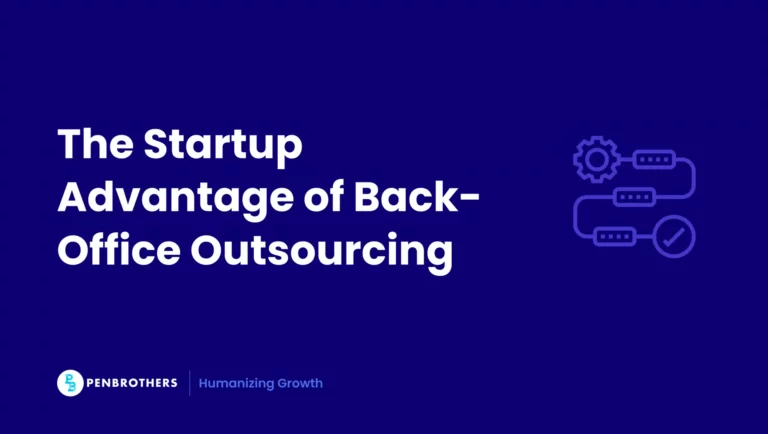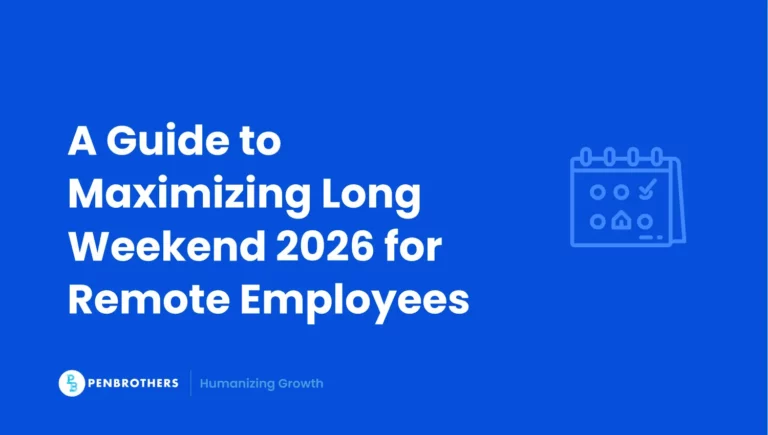Your qualifications and experience may land you an interview, but your first impression can set the tone for the entire conversation. The way you present yourself, especially your attire, plays a crucial role in how hiring managers perceive you. Many candidates spend time perfecting their resumes and interview answers but overlook the importance of dressing appropriately. Avoiding common wardrobe mistakes can make all the difference in projecting confidence, professionalism, and readiness for the role.
Key Takeaways
- Your Attire is a Critical First Impression: How you dress for a job interview significantly influences a hiring manager’s perception of your professionalism, confidence, and seriousness about the role before you even speak.
- When in Doubt, It’s Better to Be Overdressed: Navigating different company cultures and dress codes can be confusing. The safest and most professional strategy is to always err on the side of being slightly more formal rather than too casual.
- Avoid Distractions and Poor Presentation: The primary goal of your outfit is to ensure the focus remains on you and your qualifications. Avoid flashy patterns, excessive accessories, strong fragrances, and large logos. Equally important is ensuring your clothes are clean, wrinkle-free, and well-fitted.
- Virtual Interviews Demand Full Professional Attire: For a virtual or video interview, you must treat your attire as you would for an in-person meeting. This includes wearing a complete professional outfit (not just from the waist up), paying attention to grooming, and ensuring you have a neat, well-lit, and non-distracting background.
The Struggle of Dressing Right for Interviews
Figuring out what to wear for a job interview isn’t always straightforward. Many professionals face uncertainty due to factors such as:
- Industry-Specific Expectations: A corporate finance firm will expect a different dress code than a tech startup or a creative agency.
- Virtual Interview Challenges: How formal should you dress when interviewing from home? Does your background affect perception?
- Cultural Differences in Dress Codes: Professional attire varies globally. What’s acceptable in one company might not be acceptable in another.
The key is striking a balance between dressing professionally and aligning with the company culture. If you’re unsure, it’s always safer to err on the side of being slightly overdressed rather than underdressed.
What to Avoid and What to Wear Instead
Here are specific job interview attires you can look into to ensure that you’re a step closer to your dream job. Let’s start with what you should avoid wearing.
What NOT to Wear
- Too Casual Clothing: Avoid T-shirts, hoodies, ripped jeans, or shorts unless you’re explicitly told otherwise.
- Overly Flashy or Distracting Outfits: Bright neon colors, loud patterns, or excessive accessories can be distracting.
- Ill-Fitting Clothes: Baggy or overly tight outfits can make you appear unkempt or uncomfortable.
- Inappropriate Footwear: Flip-flops, sneakers, or overly worn-out shoes can make you seem unprepared.
- Revealing or Unprofessional Attire: Low-cut tops, overly short skirts, or see-through fabrics can be seen as inappropriate.
- Too Much Fragrance: Heavy colognes or perfumes can be overwhelming and may even cause allergies.
- Dirty or Wrinkled Clothing: No matter how great your outfit is, if it’s stained, wrinkled, or unclean, it will leave a bad impression.
- Excessive Branding or Logos: Large logos, slogans, or brand-heavy attire can look unprofessional.
- Over-the-Top Accessories: Avoid excessive jewelry, large hats, or distracting ties that take the focus away from you.
- Ignoring Grooming: Messy hair, untrimmed facial hair, or chipped nail polish can impact professionalism.
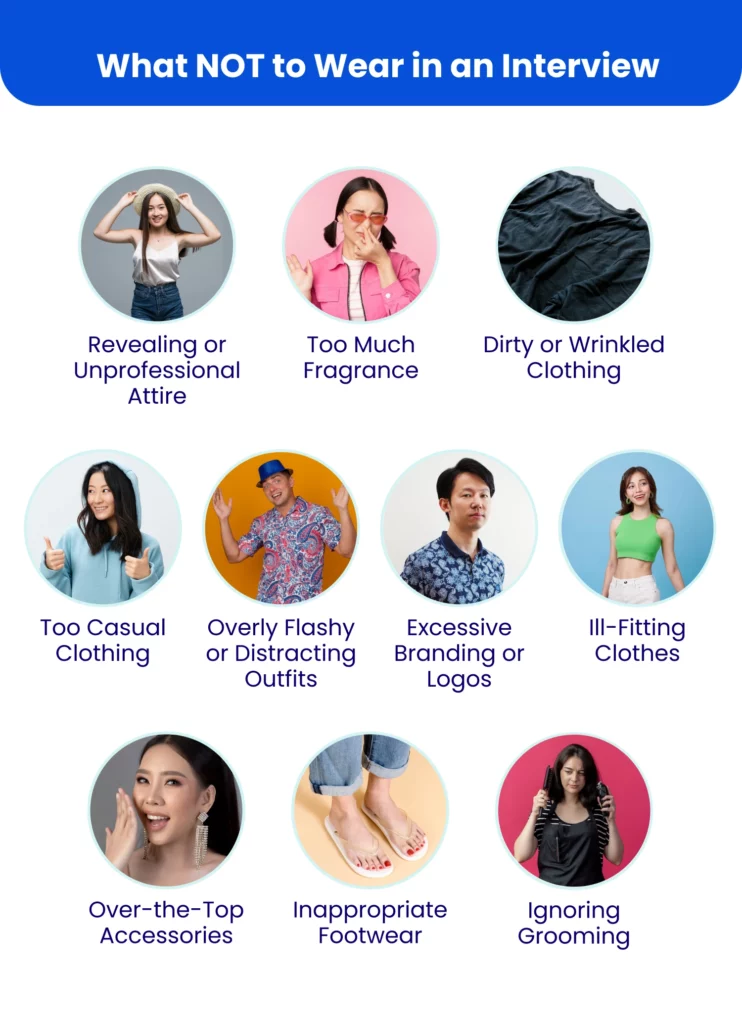
Virtual Interview Mistakes to Avoid
While online interviews are gaining more traction, remember to follow these tips:
- Wearing Pajamas or Loungewear: Just because you’re at home doesn’t mean you should dress casually.
- Only Dressing from the Waist Up: You might need to stand up unexpectedly; make sure your whole outfit is appropriate.
- Ignoring Lighting & Background: A neat, neutral background enhances your professional image.
- Wearing Reflective Glasses – Blue-light glasses or heavily reflective lenses can obscure eye contact.
What to Wear Instead
Here’s what you should consider wearing to your interview if you want to make a positive impression:
- Corporate Interviews (Finance, Law, Traditional Industries):
- A well-fitted suit in neutral colors (black, navy, gray).
- Closed-toe dress shoes.
- Minimal accessories and subtle makeup.
- Creative & Startup Roles:
- Smart casual (button-up shirt with chinos, a polished blouse with tailored pants).
- Stylish yet professional footwear (loafers, dressy flats, or ankle boots).
- A touch of personality with accessories, but nothing too overpowering.
- Tech & Remote Work Interviews:
- Business casual (collared shirt, structured top, or casual blazer).
- Clean, well-maintained shoes (even if they’re not visible, dressing fully helps mindset).
- Grooming and neat hair, as webcam interviews highlight facial features more.
- Entry-Level & Customer-Facing Roles:
- A polished button-up or blouse with slacks or a skirt.
- Professional but comfortable footwear.
- Light, natural makeup and simple hairstyles.
Dress with Intention & Ace Your Interview
Dressing well for an interview is about more than just clothing. It’s about presenting yourself as the best candidate for the role. Here’s a quick checklist to help you assess your outfit before an interview:
- Does my outfit align with the company culture?
- Is my attire clean, well-fitted, and professional?
- Am I dressed appropriately from head to toe, even in a virtual interview?
- Have I minimized distractions like loud patterns, excessive accessories, or overpowering scents?
- Do I feel confident and comfortable in my chosen outfit?
Your skills and experience are what ultimately land you the job, but the right outfit ensures you make a strong first impression before you even speak.
Want to Stand Out in Your Job Search?
Discover expert career branding tips and find opportunities that truly match your skills at Penbrothers. Take the next step toward a career that fits you, starting today, like Lawrence!
Frequently Asked Questions
The most important rule is to present yourself in a professional manner that does not distract from your qualifications. If you are ever unsure about a company’s dress code, it is always safer to err on the side of being slightly more formal than too casual.
The most common mistakes include wearing too casual clothing (like T-shirts, hoodies, or ripped jeans), ill-fitting clothes (either too baggy or too tight), distracting outfits (with loud patterns or bright neon colors), and any clothing that is wrinkled, stained, or unclean.
Your attire should be tailored to the industry. For a traditional corporate interview (e.g., in finance or law), a well-fitted suit in a neutral color is the expected standard. For a startup or creative role, smart casual attire (such as a button-up shirt with chinos or a polished blouse with tailored pants) is generally more appropriate.
Yes, absolutely. You should dress in a full professional outfit just as you would for an in-person interview. This includes dressing from head to toe, as you may need to stand up unexpectedly. You should also ensure your grooming is neat and your background is clean and non-distracting.
Yes. You should avoid wearing too much perfume or cologne, as strong scents can be overwhelming for the interviewer. It is also important to pay attention to grooming details, such as ensuring your hair is neat, facial hair is trimmed, and nails are clean, as these all contribute to your overall professional image.


